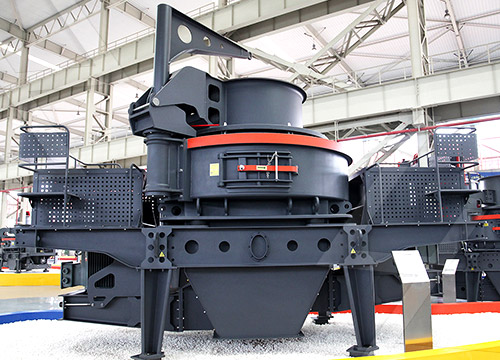Fluorite ore, a primary source of fluorine, is a valuable mineral in various industrial applications, including metallurgy, ceramics, and the chemical industry. Processing fluorite ore involves several stages, with crushing being a critical step in liberating the mineral for further processing. Among the various crushers used, the impact crusher is particularly effective for processing fluorite due to its ability to handle brittle materials and produce uniform particle sizes.
Impact Crusher Overview
An impact crusher works by using impact energy to crush materials. The rotor, equipped with blow bars, spins at high speed, generating kinetic energy. When the fluorite ore enters the crusher, the rotor’s high-speed movement propels the material against fixed breaker plates, causing it to shatter upon impact. The size reduction occurs as the ore is repeatedly struck by the blow bars and breaker plates until it reaches the desired size and passes through the crusher’s discharge opening.

Advantages of Impact Crushers in Fluorite Processing
- High Reduction Ratio: Impact crushers offer a high reduction ratio, meaning they can reduce large chunks of fluorite ore into smaller, more manageable sizes in a single pass. This efficiency minimizes the need for secondary crushing stages, which can save time and reduce operational costs.
- Uniform Particle Size: The impact crusher produces a consistent and uniform particle size, which is crucial for further processing steps such as flotation or gravity separation. Uniformity in particle size enhances the efficiency of downstream processes, leading to higher recovery rates of fluorite.
- Adaptability: Impact crushers are highly adaptable to various crushing requirements. By adjusting the rotor speed, the size of the discharge opening, and the type of blow bars used, the crusher can be fine-tuned to achieve the desired product size. This adaptability is especially beneficial in processing fluorite ore, where different sizes and grades may be required for specific applications.
- Cost-Effectiveness: Compared to other types of crushers, such as jaw or cone crushers, impact crushers are generally more cost-effective. They have lower operational and maintenance costs, making them an economical choice for processing fluorite ore, especially in small to medium-scale operations.
Considerations in Using Impact Crushers for Fluorite Ore
- Material Hardness: Fluorite is relatively soft, with a Mohs hardness of 4. This characteristic makes it well-suited for processing with an impact crusher, as the material is brittle and easily broken by impact forces. However, if the ore contains harder impurities, the wear on the crusher’s components could increase, necessitating more frequent maintenance.
- Moisture Content: High moisture content in the fluorite ore can lead to material build-up and clogging within the crusher, reducing its efficiency. It is crucial to ensure that the ore is adequately dried or that the crusher is equipped with systems to handle wet materials effectively.
- Capacity Requirements: When selecting an impact crusher for fluorite processing, it’s essential to consider the required processing capacity. The crusher must be able to handle the expected feed size and volume to maintain efficient operations. Overloading the crusher can lead to reduced performance and increased wear on components.
Integration with the Processing Plant
In a typical fluorite processing plant, the impact crusher is often positioned after a primary crusher, such as a jaw crusher. The primary crusher reduces the ore to a manageable size for the impact crusher, which then further reduces the material to the desired size for subsequent processing. This staged crushing approach ensures optimal efficiency and maximizes the recovery of fluorite.

